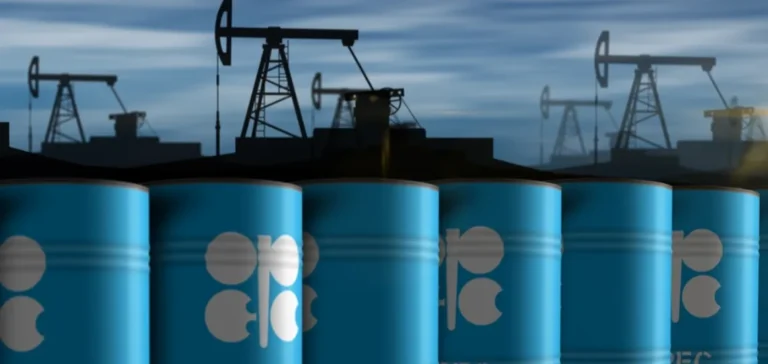Crude oil prices continue to slide under mounting oversupply forecasts, but widening uncertainty over the Organisation of the Petroleum Exporting Countries (OPEC)’s production may prevent a prolonged fall. Spot Brent traded near $61 per barrel, marking the lowest level since May.
At the same time, February delivery futures are priced lower than longer-dated contracts, signalling a contango market structure. This setup shows that markets have started to accept a bearish outlook for 2025, driven by expanding global production capacity, particularly from OPEC+ alliance members.
Diverging forecasts on output volume
The International Energy Agency (IEA) recently projected a surplus of 2.35 million barrels per day (bpd) in 2025 and up to 4 million bpd the following year, equivalent to nearly 4% of global demand. These figures contrast sharply with OPEC’s outlook, which still sees supply and demand in relative balance.
Part of the gap stems from an exceptional stockpile build, led by China. Since March, global observed inventories have increased by 225 million barrels, reaching a four-year high in August. This accumulation, occurring in areas with low data visibility, has fuelled caution among traders.
Rising opacity within the oil cartel
Market volatility is further fuelled by unclear data surrounding OPEC’s actual production. Morgan Stanley noted in September a 2.5 million bpd range in estimates between major agencies and consultancies, representing around 9% of the group’s output. Such a divergence is a notable shift after years of relatively consistent assessments.
Even within the organisation, internal clarity appears to be lacking. Kuwait’s oil minister recently stated that OPEC would appoint an independent consultant to audit production capacity across member states in the coming months.
Shadow flows cloud global tracking
Meanwhile, global oil flow monitoring has become more difficult. Western sanctions on Russia’s oil sector have given rise to a vast shadow market that remains hard to quantify. The absence of official data on China’s storage levels further complicates the picture. In its latest monthly report, the IEA said it was unable to account for 1.47 million bpd of crude, highlighting a significant gap in global supply tracking.
Producers may adjust investments under such uncertainty. In the United States, the active rig count has dropped by 13% since the start of the year, according to energy services firm Baker Hughes. Yet major firms such as Chevron and TotalEnergies have not indicated significant cuts to spending, suggesting boards foresee a temporary dip rather than a lasting downturn.
In such a fragmented market, investor hesitation may be enough to keep a floor under oil prices until hard data confirms a broad stock build.






















